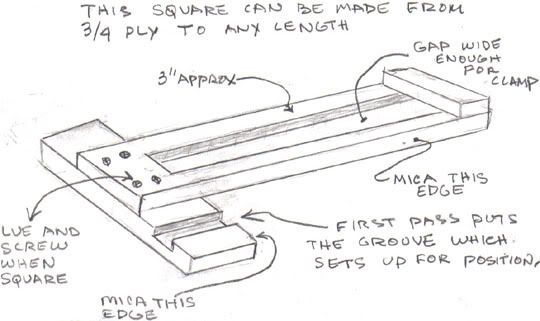I have a bunch of rough black walnut I bought from a local fellow last summer for $2/bd ft. LOML wants two bookcases and I'm tempted to make them out of this stuff, especially since I can probably buy more pretty soon when he hauls another 2000 bd ft load back from his annual trip to Arkansas.
The boards are about 8" wide and fairly flat so I could use solid wood and not feel bad about it but I'm wondering whether I'd be asking for trouble. These would have to be ripped and glued up into 10' wide boards for the sides and shelves. I'll probably adapt plans from the Complete Book of Woodworking to make this 42" wide and somewhere between 72 and 80" tall.
I know I could use walnut-faced plywood but a) it's probably more expensive than the cost of replacing the walnut I have, b) I'd have to rent a truck to get plywood home, c) I don't have a good shop layout for working with large sheet stock.
Any advice or suggestions would be welcome.
The boards are about 8" wide and fairly flat so I could use solid wood and not feel bad about it but I'm wondering whether I'd be asking for trouble. These would have to be ripped and glued up into 10' wide boards for the sides and shelves. I'll probably adapt plans from the Complete Book of Woodworking to make this 42" wide and somewhere between 72 and 80" tall.
I know I could use walnut-faced plywood but a) it's probably more expensive than the cost of replacing the walnut I have, b) I'd have to rent a truck to get plywood home, c) I don't have a good shop layout for working with large sheet stock.
Any advice or suggestions would be welcome.





Comment